2000 Nepal 1000 Rupees Banknote – P-44 | PMG 66 EPQ | Gem Uncirculated
🔹 Year: 2000
🔹 Issuer: Nepal Rastra Bank
🔹 Tag phrase: 2000 Nepal 1000 Rupees Banknote – P-44 | PMG 66 EPQ |
🔹 Denomination: 1000 Nepalese Rupees (Rs)
🔹 Pick Number: P-44
🔹 Condition: PMG 66 EPQ – Gem Uncirculated with Exceptional Paper Quality
🔹 Design Features: Portrait of King Birendra, intricate security features
🔹 Scarcity: Hard to find in such high grade, making it a premium investment
- Estimated Delivery : Up to 4 business days
- Free Shipping & Returns : On all orders over $200
2000 Nepal 1000 Rupees Banknote – P-44 | PMG 66 EPQ | Gem Uncirculated | Rare Investment Note
The 2000 Nepal 1000 Rupees Banknote (P-44) is a rare and highly collectible note, graded PMG 66 EPQ (Gem Uncirculated), making it one of the finest examples available in the numismatic market. Issued by the Nepal Rastra Bank, this high-denomination note is a significant piece of Nepalese currency history, featuring an intricate design, advanced security features, and a depiction of King Birendra during the final years of Nepal’s monarchy.
This note is a numismatic treasure and a strong investment asset, as well-preserved specimens with high PMG grades are increasingly rare and valuable. With its Gem Uncirculated status, it is one of the best-conditioned examples, appealing to serious collectors and investors alike.
Historical Significance of the 2000 Nepal 1000 Rupees Banknote
Issued in the early 2000s, this 1000 Rupees banknote (P-44) is one of the last series of Nepalese currency to feature King Birendra Bir Bikram Shah, who ruled Nepal from 1972 until his assassination in 2001. His reign marked a crucial transition in Nepal’s history, from an absolute monarchy to a constitutional monarchy, and later, political instability that led to the eventual abolition of the monarchy in 2008.
The issuance of this note symbolizes a period of economic growth, modernization, and changing political dynamics in Nepal. Following the tragic Nepalese Royal Massacre in 2001, where King Birendra and most of his family were killed, currency bearing his image became highly sought-after among collectors. Since the Nepalese monarchy was completely abolished in 2008, banknotes featuring Nepal’s royal family are no longer in circulation, making them historically significant and increasingly rare.
This PMG 66 EPQ graded note, being in exceptional condition, is an essential investment-grade collectible for those interested in Nepalese history, rare world banknotes, and high-value currency.
Design and Features of the 2000 Nepal 1000 Rupees Banknote (P-44)
Obverse (Front Design)
- Portrait of King Birendra in formal military attire, symbolizing his authority and legacy.
- The denomination of “1000 Rupees” is prominently displayed in both Devanagari and English.
- Nepal Rastra Bank’s official seal ensures authenticity and legitimacy.
- Signature of the Governor of Nepal Rastra Bank, adding historical value.
- Advanced security features, including watermarks, security threads, and microtext, to prevent counterfeiting.
Reverse (Back Design)
- A stunning illustration of Mount Everest, Nepal’s most iconic natural wonder.
- The intricate traditional Nepalese patterns and designs showcase Nepal’s rich cultural heritage.
- The denomination is displayed in multiple locations for clarity and authenticity.
Why the 2000 Nepal 1000 Rupees Banknote (P-44) is a Valuable Collectible
1. Rare in High PMG Grade (66 EPQ Gem Uncirculated)
- This banknote is certified PMG 66 EPQ (Exceptional Paper Quality), Gem Uncirculated, meaning it has flawless paper quality, strong embossing, and vibrant colors.
- Uncirculated high-denomination notes like this are extremely difficult to find, especially in such pristine condition.
2. Historical and Political Significance
- One of the last banknotes issued during King Birendra’s reign, making it a valuable piece of Nepalese royal history.
- Issued before the tragic Nepalese Royal Massacre of 2001, which dramatically changed Nepal’s political landscape.
- Since Nepal abolished its monarchy in 2008, banknotes featuring the King are no longer in circulation, increasing their collectible value.
3. Investment Potential – Strong Market Demand
- High-denomination notes from Nepal have gained significant interest among collectors and investors worldwide.
- Given its scarcity, high PMG grade, and historical importance, this note is expected to appreciate over time.
- Banknotes from the late monarchy era are becoming increasingly rare, making this a long-term investment opportunity.
4. Exceptional Design and Artwork
- Features a detailed portrait of King Birendra, representing Nepal’s royal heritage.
- The reverse showcases Mount Everest, making it visually stunning and culturally meaningful.
- Incorporates high-security features, making it a technologically advanced note for its time.
How to Preserve and Display Your PMG 66 EPQ 2000 Nepal 1000 Rupees Banknote
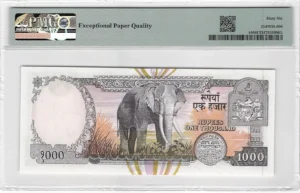
To maintain the value and pristine condition of this Gem Uncirculated banknote, follow these expert preservation tips:
✔ Keep it in its PMG-certified holder to maintain its high grade and protect it from environmental factors.
✔ Avoid direct exposure to sunlight, which can cause fading over time.
✔ Handle with gloves or dry hands to prevent fingerprints and oils from affecting the paper quality.
✔ Store in a climate-controlled environment to prevent humidity and temperature fluctuations from causing damage.
✔ Consider long-term storage in a safe or secure display case for protection and appreciation.
Conclusion
The 2000 Nepal 1000 Rupees Banknote (P-44), graded PMG 66 EPQ Gem Uncirculated, is a rare and valuable investment piece in the world of numismatics. As one of the highest-denomination banknotes of the late Nepalese monarchy, it holds significant historical and political importance.
With King Birendra’s legacy, the stunning Mount Everest design, and exceptional PMG certification, this note is a must-have for collectors, investors, and those passionate about Nepalese history.
Given its scarcity in high grades and growing demand, this note is expected to increase in value, making it a prime investment opportunity.
Don’t miss your chance to own this rare piece of Nepalese history – add this PMG 66 EPQ Gem Uncirculated 1000 Rupees banknote to your collection today!
Be the first to review “2000 Nepal 1000 Rupees Banknote – P-44 | PMG 66 EPQ | Gem Uncirculated”
You must be logged in to post a review.


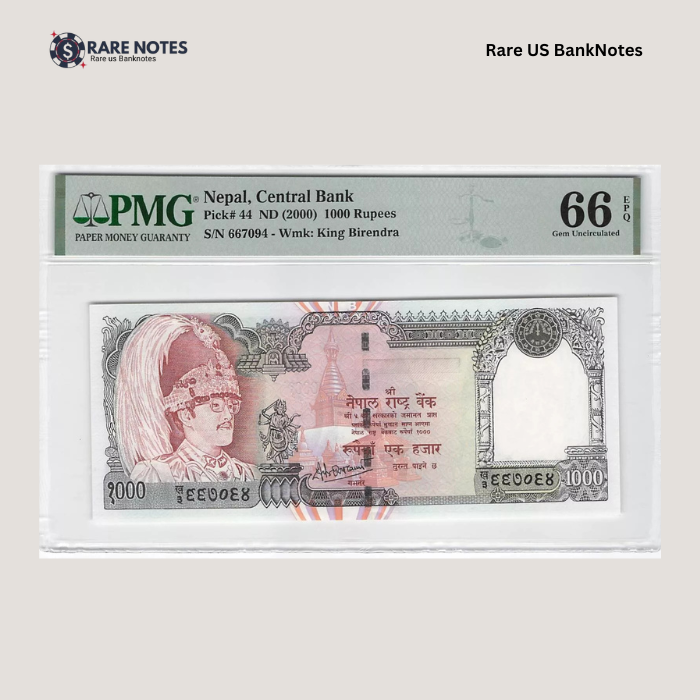

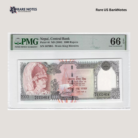
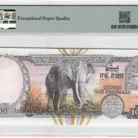
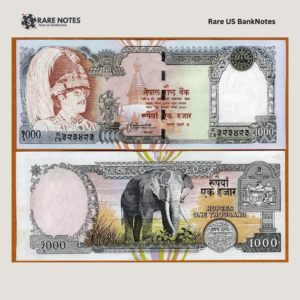
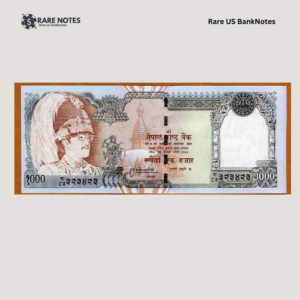
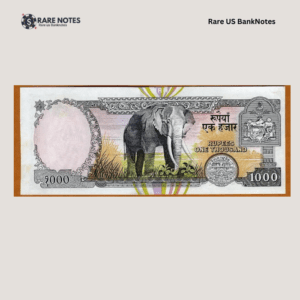
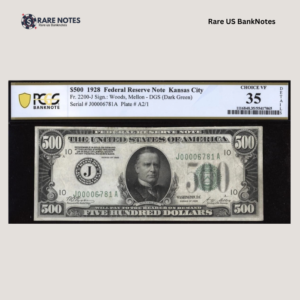

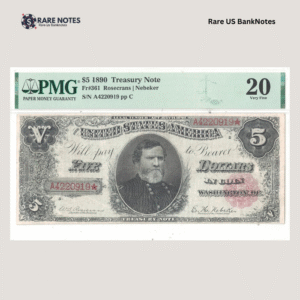

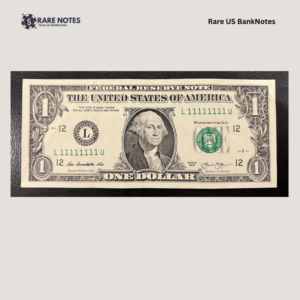
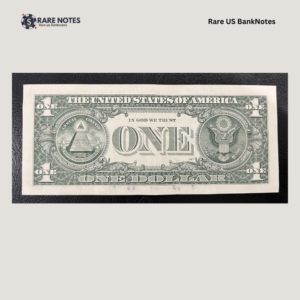

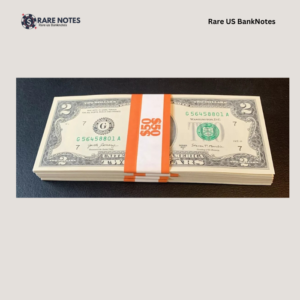

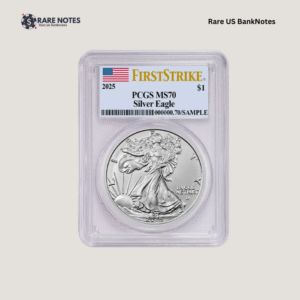
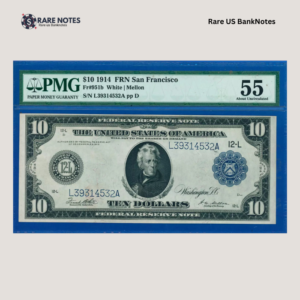

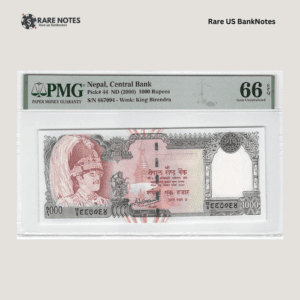
Reviews
There are no reviews yet.